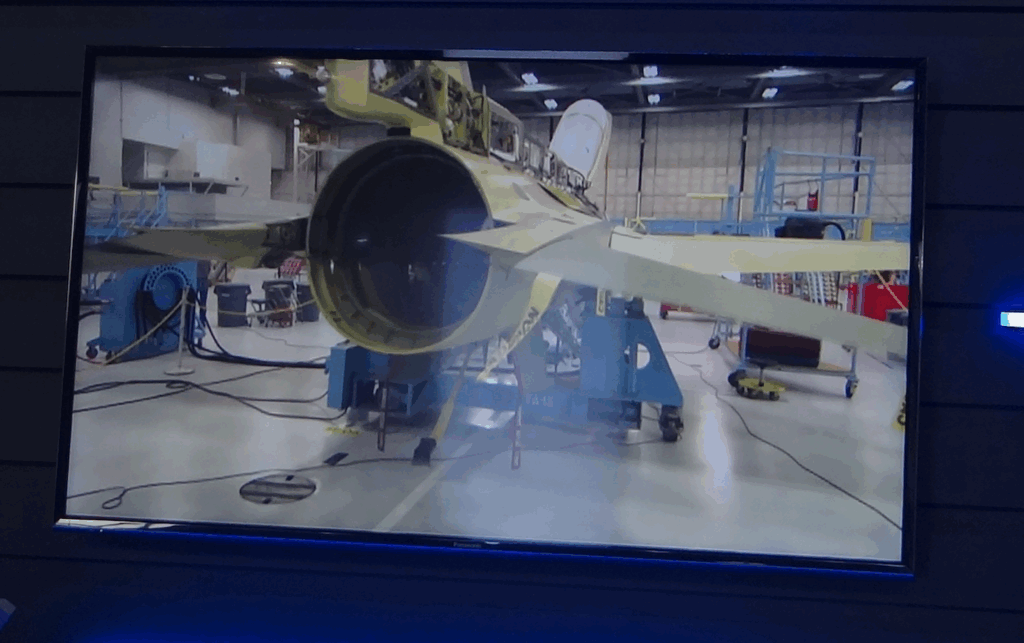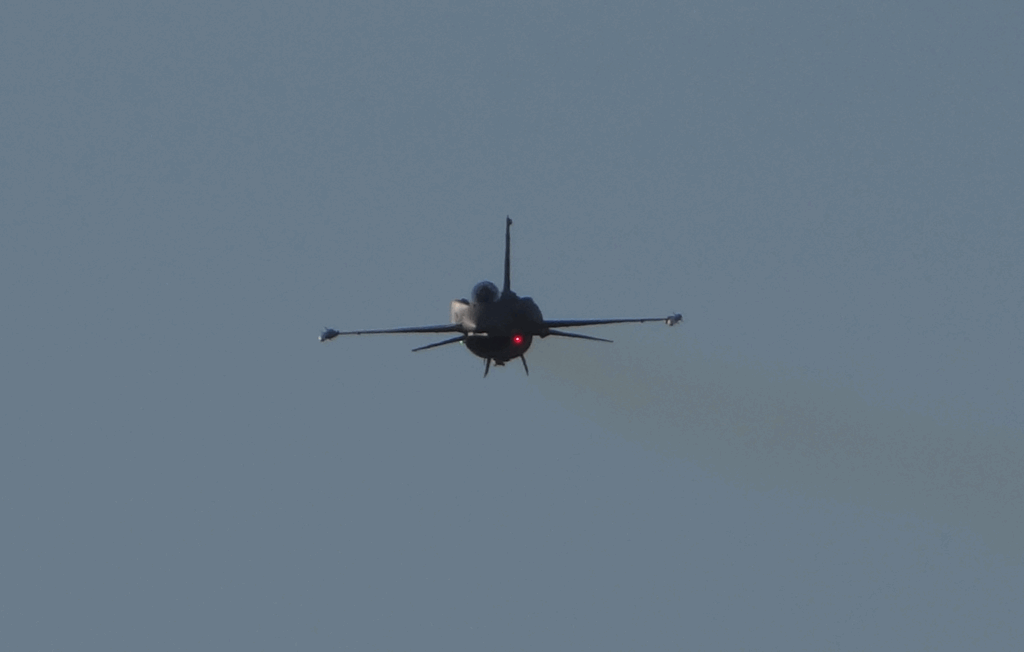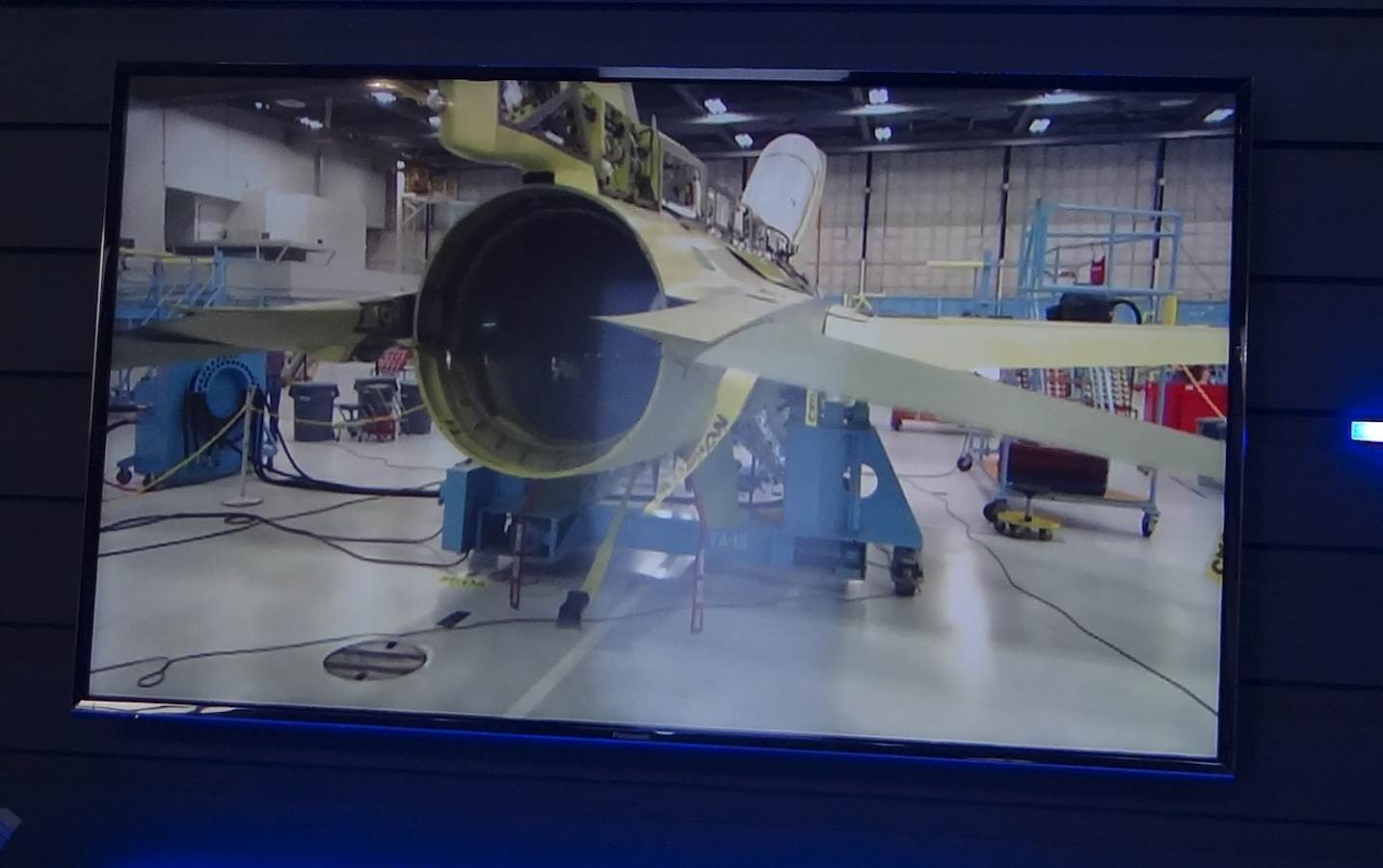Kraków 2025-07-12
F‑16 Block 70/72 znane jako F‑16V “Viper”.


The Lockheed Martin F-16 Block 70/72 aircraft are also known as the F-16V “Viper.” This is the latest F-16 variant factory-built by Lockheed Martin. It is by far the most modern F-16 variant, and although it looks similar externally, it differs in its highly advanced electronics and systems.
New features of the F-16 Block 70/72: AESA radar (AN/APG-83 SABR). The radar simultaneously tracks multiple targets in the air and on the ground. The radar is resistant to jamming and operates in high-resolution terrain mapping mode. This is a significant improvement over older mechanical radars.
New mission computer and avionics. A processor with significantly higher processing power. Integration with modern weapons (e.g., AIM-9X, AIM-120D, JASSM, JDAM, SDB).
Glass cockpit. Large, full-color panoramic display (Center Pedestal Display). Digital displays instead of analog gauges. Compatible with the latest helmets (e.g., JHMCS II).
Communications and data exchange systems: Link-16 (real-time data with other aircraft and the command post). Modern UHF/VHF radio, IFF Mode 5 system.
Modern electronic warfare systems. Integrated radar warning system (RWR). Built-in countermeasures (chaff/flare).
Extended airframe life. Structure capable of withstanding 12,000 flight hours. This is an improvement over previous Block 40/50 airframes.
Optional Conformal Fuel Tanks (CFTs), which are dorsal-mounted fuel tanks, extend range without compromising performance. Easily upgradeable. Open Mission Systems architecture allows for the integration of new weapons, sensors, and software.
The differences between the Block70 and Block72 lie solely in the engines used. Block70: version with the General Electric F110-GE-129 engine. Block72: version with the Pratt & Whitney F100-PW-229 engine. Apart from that, the aircraft are identical in terms of avionics and systems.
The F-16 Block70/72 is practically a “new fighter” in an old, proven airframe—with avionics systems comparable to the 5th-generation, but at a lower price. This makes it very attractive to countries unable to purchase the F-35. The first factory-new F-16 Block70 completed its maiden flight on January 24, 2023. The aircraft was built at Lockheed Martin’s facility in Greenville, South Carolina (USA). It was intended for the Bahrain Air Force. Bahrain is the first operator to order the new Block70 aircraft. The maiden flight lasted 50 minutes and confirmed the operability of the airframe, avionics, and new AESA radar. It’s important to remember that the F-16 Block70s are completely new aircraft, not retrofits of older airframes. Production of the F-16 Block70/72 began in 2022. Lockheed Martin previously upgraded to the “F-16V” standard (modernization of older aircraft), but these were not new airframes.
Countries operating or ordering F-16 Block70/72 (2025): Bahrain purchased 16 new F-16Vs. The purchase was confirmed in 2017. By mid-2024, most of the aircraft had already been delivered.
Bulgaria signed a contract for eight aircraft in 2019 and another eight in 2022. The first F-16 Block70 was delivered on January 31, 2025, two more arrived by April 2025, and the rest by the end of 2025.
Slovakia ordered 14 Block70 aircraft in 2018. The first two aircraft were delivered in July 2024. The remaining aircraft were scheduled for delivery between 2025 and 2026.
Taiwan planned to purchase 66 new F-16V aircraft, fulfilling a contract from 2019. The first production aircraft was produced in March 2025. Deliveries are scheduled by the end of 2026. Turkey signed a contract for 40 new F-16V Block 70s (32 single-seat C and 8 two-seat D). The contract was approved in June 2024.
In February 2022, Jordan signed a contract for 16 Block70s (12 C + 4 D). Deliveries are planned for 2024-2026.
In 2024, Lockheed Martin also announced Morocco’s interest in the F-16 V aircraft and that negotiations were underway with Colombia, the Philippines, Indonesia, Poland, and the Philippines.
Written by Karol Placha Hetman

